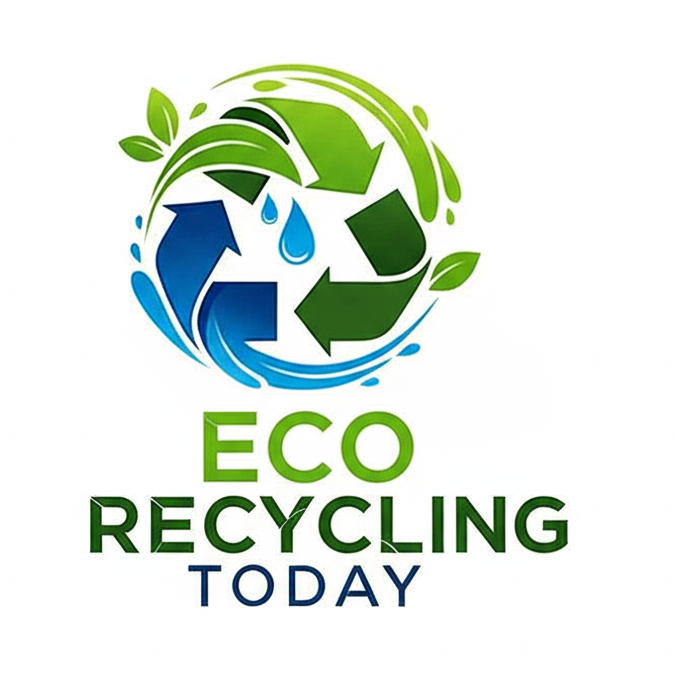Water is one of our planet’s most precious resources, yet it's often taken for granted. With climate change, growing populations, and increasing demand, saving water has never been more important. The good news? There are plenty of simple ways to conserve water in your everyday life — and every drop truly counts. We’ll explore 10 easy, practical ways to save water daily — at home, work, and beyond.
1. Fix Leaks Immediately
A dripping faucet or leaking toilet can waste hundreds of gallons of water per month. Regularly check pipes, taps, and toilet tanks for leaks and get them fixed promptly. Even small drips can add up over time.
Add a few drops of food coloring to your toilet tank. If color appears in the bowl without flushing, you have a leak.
2. Turn Off the Tap When Not in Use
Whether you're brushing your teeth, washing your hands, or scrubbing dishes, don’t let the water run continuously. Turn off the tap until you actually need the water.
You can save up to 8 gallons of water a day by simply turning off the faucet while brushing your teeth.
3. Use a Dishwasher and Washing Machine Efficiently
Only run your dishwasher and washing machine when they're full. This helps you save both water and energy. If possible, choose eco-friendly or water-efficient appliances with a good Energy Star rating.
Use the shortest or eco cycle for lightly soiled clothes or dishes.
4. Install Water-Saving Fixtures
Modern water-saving devices can significantly reduce water use without compromising performance.
Look for:
- Low-flow showerheads
- Dual-flush or low-flow toilets
- Aerators on faucets
These tools are affordable, easy to install, and pay for themselves through water savings.
5. Take Shorter Showers
Showers use a lot of water—especially hot water. Reducing your shower time by just 2–3 minutes can save up to 150 gallons per month.
Try a 5-minute shower. Use a timer or your favorite short playlist to keep track.
6. Reuse Greywater When Possible
Greywater is gently used water from sinks, showers, and washing machines. While not drinkable, it can be reused for watering plants, flushing toilets, or cleaning outdoor surfaces (where local laws permit).
Collect shower water in a bucket while it warms up and use it for watering plants.
7. Water Plants Smartly
Water your plants early in the morning or late in the evening to reduce evaporation. Use a watering can instead of a hose for better control and less waste.
Also, consider:
- Mulching to retain moisture in soil
- Planting drought-resistant species
- Using drip irrigation for gardens
8. Harvest Rainwater
Installing a rain barrel or water tank to collect rainwater is a great way to water your garden or clean outdoor areas without using tap water.
In many places, rainwater harvesting is simple and cost-effective — and may even qualify for rebates.
9. Don’t Use Water to Defrost Food
Instead of running water over frozen food, plan ahead and defrost in the refrigerator overnight. It’s safer and saves several gallons of water.
10. Educate and Lead by Example
The more people who actively save water, the bigger the impact. Teach your kids, roommates, or coworkers how easy it is to conserve water. Lead by example at home, work, or school.
You can even start water-saving challenges or awareness campaigns in your community.
Saving water doesn't require drastic lifestyle changes. It’s about being mindful and making small adjustments in your daily habits. When everyone does their part, we can preserve this vital resource for future generations — and lower our utility bills in the process.
